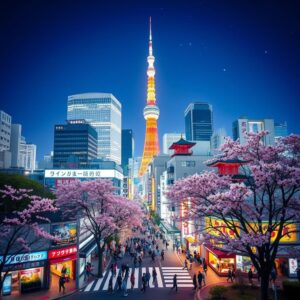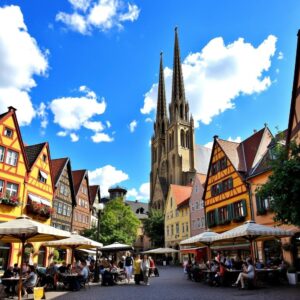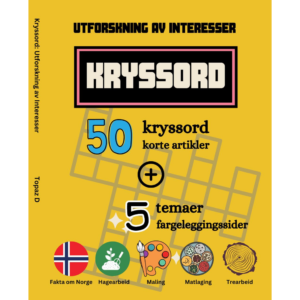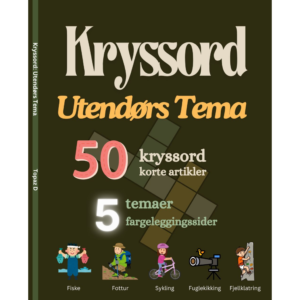
Explore & Play
Discover interesting topics and solve the accompanying crossword puzzle.
City in Italy Crossword: Exploring Rome to Verona
Table of Contents
City in Italy crossword
You can either fill in the crossword puzzle directly on this page or click the button in the bottom right corner to print it for free.
——————————————
Exploring Famous Cities in Italy: From Rome’s Fountains to Verona’s Ancient Arena
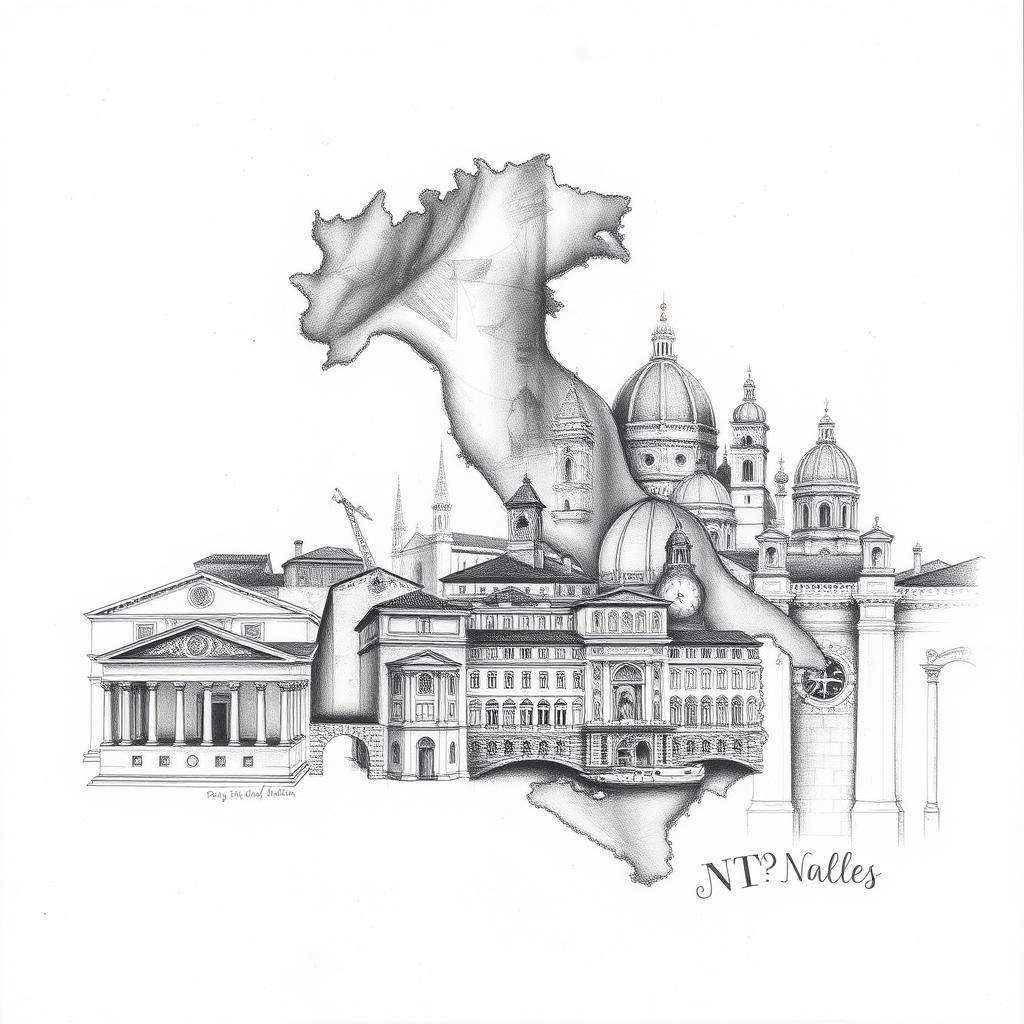
Imagine stepping into a land where every cobblestone whispers stories from centuries past, where art, architecture, and daily life intertwine in a vibrant dance that has shaped the world. Welcome to Italy—a tapestry of cities, each with its own heartbeat, its own soul. From the timeless fountains of Rome to the romantic arenas of Verona, Italy invites you to trace the footsteps of emperors, artists, and dreamers.
Exploring just one city barely scratches the surface. Each destination offers a unique flavor: the bustling urban energy of Milan’s fashion scene contrasts with Florence’s Renaissance grace, while Venice’s labyrinth of canals stands apart from Naples’ lively chaos. Together, these cities form a mosaic of history and culture that’s endlessly fascinating.
In this journey, we’ll uncover the rich layers behind some of Italy’s most famous cities—the stories etched into their streets and monuments, the traditions that continue to thrive, and those subtle details that make each place unforgettable. Whether you’re drawn by ancient amphitheaters, culinary delights, or mystical legends, these cities prove that Italy isn’t just a country—you could say it’s an experience woven through time itself. So let’s begin where dreams meet history, exploring some of the most remarkable cities in Italy.
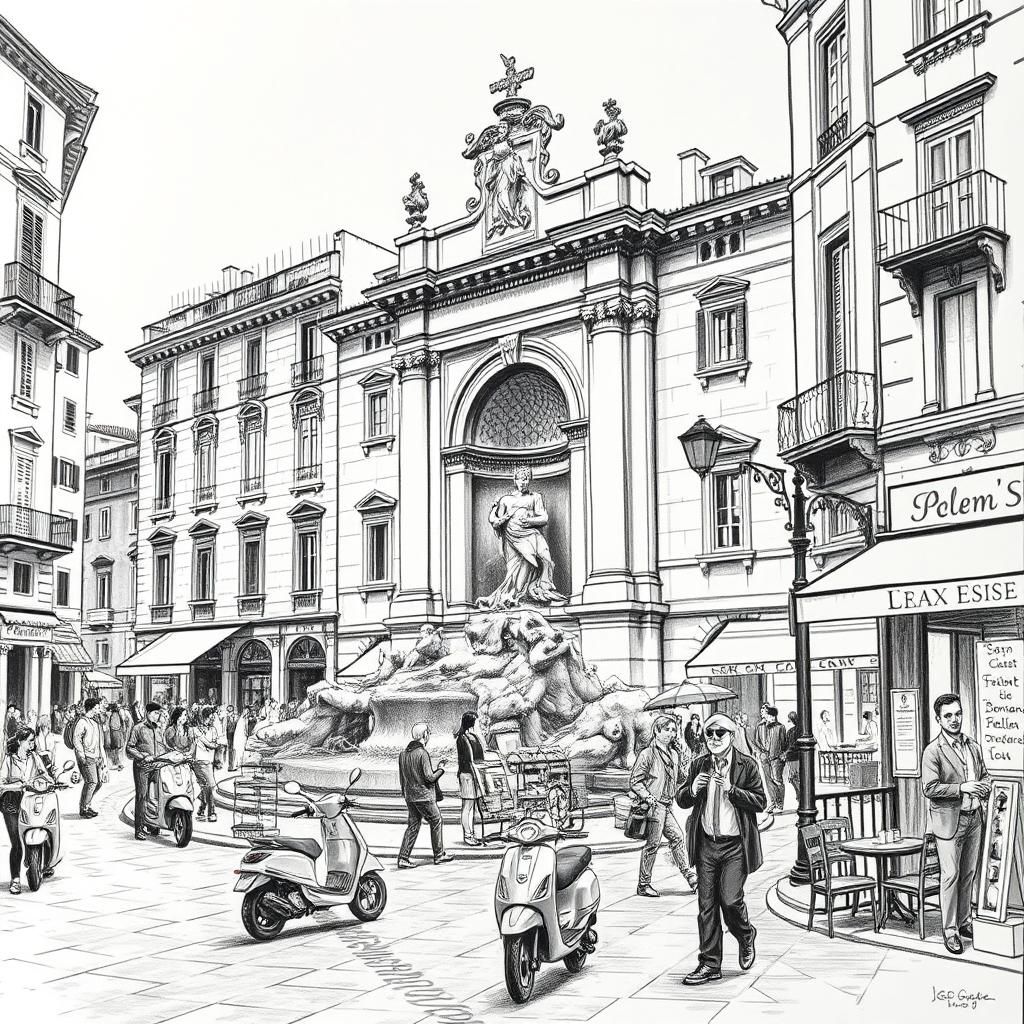
Rome: The Eternal City with Countless Fountains
Step into Rome, and you’re immediately surrounded by water—yet not in the way you might expect. Here, fountains aren’t just decorative; they’re woven into the city’s very heartbeat. With more fountains than any other city on earth, Rome offers quiet pockets of cool splashes amid bustling piazzas. Toss a coin into the Trevi Fountain—a centuries-old ritual whispered to ensure your return—and you become part of a living tradition.
But Rome’s fountains are just one thread in its rich tapestry. The Colosseum, standing strong after nearly two millennia, invites you to imagine roaring crowds and gladiatorial battles. Nearby, Vatican City pulses with spiritual and artistic wonder, from St. Peter’s Basilica to the Sistine Chapel’s ceiling, where Michelangelo’s brush has frozen holy stories in vibrant color.
What’s striking is how Rome blends ancient stones and modern life so effortlessly. Cafés hum with espresso lovers, scooters zip past Baroque façades, and street musicians fill the air with timeless melodies. In Rome, history isn’t tucked away in museums—it bursts from every fountain spray and shadowed alley, inviting you to walk through time with eyes wide open.
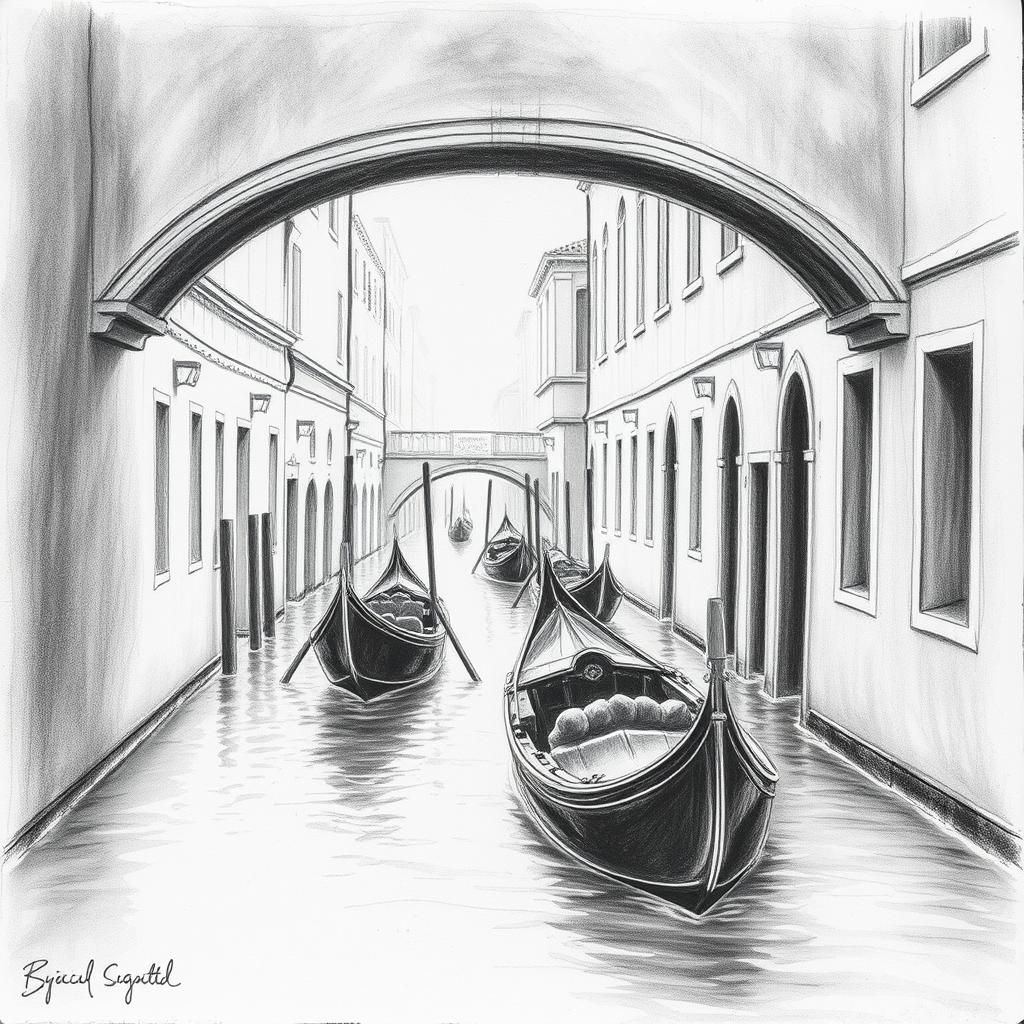
Venice: The City Shaped Like a Fish
Step foot in Venice, and you’re stepping into a city like no other—one that seems to float on water, shaped quite literally like a fish swimming through the Adriatic. Its narrow canals trace a delicate, shimmering outline, weaving through centuries of history and daily life where cars dare not venture. Here, gondolas glide silently beneath ornate bridges, their dark hulls reflecting the golden glow of sunset.
But Venice isn’t just a postcard-perfect scene; it’s a living, breathing place shaped around its unique geography. Twice a year, the city experiences Acqua Alta—a high tide that swells the canals beyond their banks, flooding streets and piazzas. When the siren blares, Venetians quickly lay down wooden walkways, transforming flooded walkways into arched bridges over shimmering waters. It’s a reminder that Venice and water are inseparable, partners in a timeless dance.
St. Mark’s Square stands as the heart of this watery labyrinth—where pigeons gather beneath the tower’s watchful gaze, and the melodies of street musicians mingle with the hum of tourists. Navigating Venice’s maze of canals can feel like decoding a secret map, but here lies the charm: every turn reveals a hidden courtyard, a family-run osteria steeped in centuries of recipes, or a square where locals pause to share stories.
Yet beneath this romantic surface lies a fragile ecosystem. The city’s delicate balance with the sea demands constant care—rising tides and sinking foundations pose real challenges. Venice invites visitors not only to admire its beauty but to appreciate its resilience. Walking these watery streets is a journey not just through a city, but through the enduring spirit of a place that has thrived against the odds for over a thousand years.
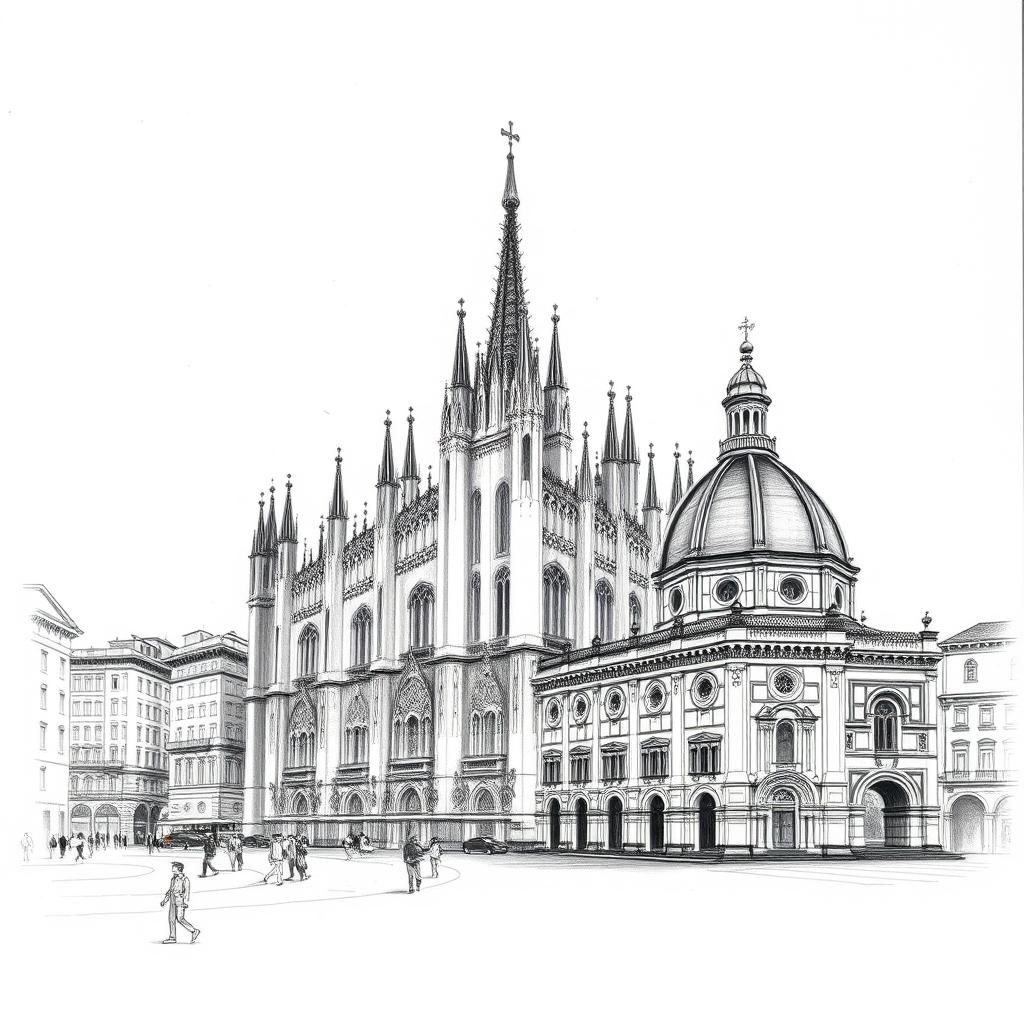
Milan vs. Florence: Fashion Meets Renaissance Art
Milan: The Modern Metropolis
Step into Milan, and you’ll immediately feel the pulse of a city that’s dialed into the future. Known as Italy’s fashion and design capital, Milan is all about sleek lines, cutting-edge creativity, and a fast-paced vibe that hums beneath the surface of centuries-old streets. The Duomo di Milano, a Gothic masterpiece of spires and statues, rises dramatically above the bustle—its intricate façade a stark yet stunning contrast to the glass-and-steel storefronts that line nearby avenues. Beyond fashion shows and designer boutiques, Milan’s contemporary art galleries and innovative architecture show a city not afraid to reinvent itself while tipping a hat to its rich history.
Florence: Birthplace of the Renaissance
Now, wander south to Florence, and the pace slows to a more reflective tempo. Here, history feels closer, almost tangible in the sun-warmed stone of the Florence Cathedral’s dome or the graceful arches of the Ponte Vecchio spanning the Arno River. Florence is a living museum of Renaissance art and culture—step inside the Uffizi Gallery to glimpse works that changed the course of Western art forever, from Botticelli’s delicate Venus to Michelangelo’s powerful sculptures. The air itself seems to carry whispers of artists and thinkers who shaped a new understanding of beauty and human potential. Walking through Florence’s cobbled streets is like tracing a masterpiece in motion.
Comparison: Which City to Choose?
Choosing between Milan and Florence is like picking between two vivid chapters of Italy’s story. Milan dazzles with modern flair, where fashion isn’t just clothing but an attitude, and the city’s energy feels electric and relentless. Florence offers a quieter, richer immersion into the roots of Western art and philosophy, a place to pause and soak in centuries of cultural achievement. Whether you crave the buzz of contemporary style or the deep hues of Renaissance history, these cities stand as perfectly complementary facets of Italy’s complex jewel.
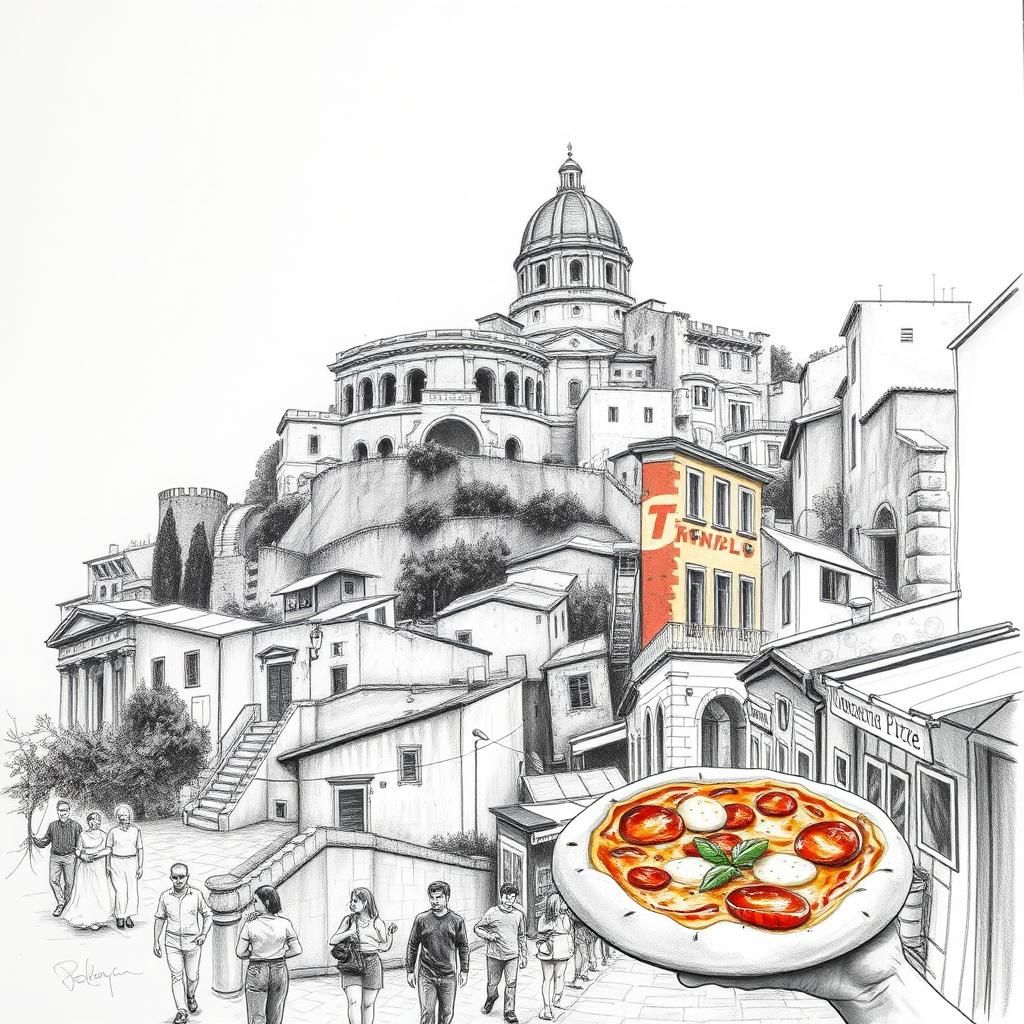
Naples: The City of Contrasts
Step into Naples, and you’re immediately struck by its raw, unfiltered energy. This is a city that wears its history, its struggles, and its beauty all at once—no masks, no filters. Streets buzz with vibrant life: vendors shouting, scooters weaving through tight alleys, the smell of fresh pizza baking wafting from every corner. Naples doesn’t offer polished scenes; instead, it invites you to witness life in its most genuine form.
Nestled against the shimmering backdrop of the Bay of Naples, the city proudly guards its ancient treasures. Just a short trip away lie the haunting ruins of Pompeii, frozen in time by volcanic ash, whispering stories of a lost world. Back in Naples, colorful buildings lean into each other on steep streets, while the historic center pulses with an authenticity that’s hard to find elsewhere.
Yet, this city carries its contradictions. While there’s undeniable charm, there’s also a reality of economic hardship and urban challenges. Tourists might find parts of Naples gritty, even overwhelming, but that tension is part of what makes the city so alive. It’s a place where joy and struggle exist side by side, where centuries of history shape every moment.
And then, of course, there’s Naples’ gift to the world: pizza. Born here, the humble Neapolitan pizza holds the essence of the city’s spirit—simple ingredients transformed by passion and tradition into something unforgettable. Sitting by the waterfront, sharing a Margherita as the sun dips below Mount Vesuvius, you’ll taste more than food—you’ll savor a slice of Naples itself.
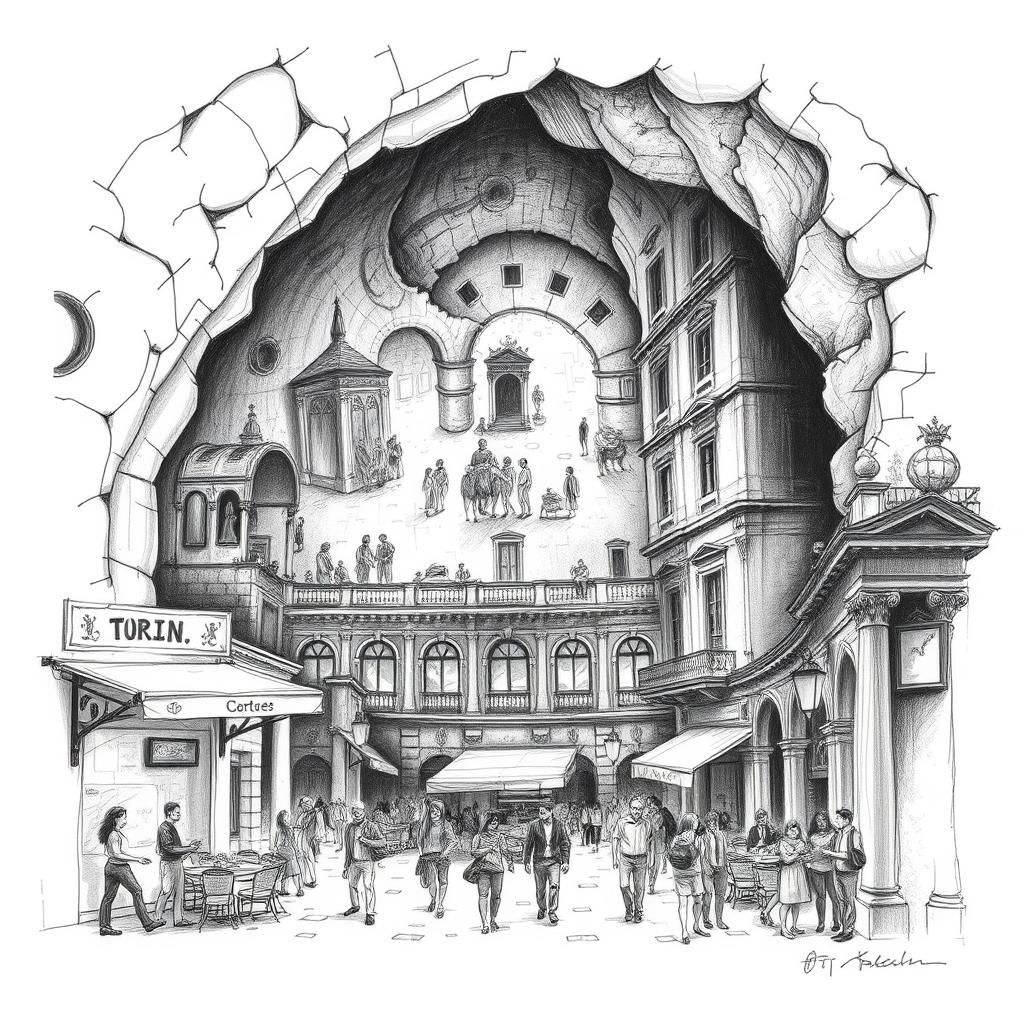
Turin: City of Myths and Legends
Step into Turin, and you might feel the pulse of a city caught between daylight and shadow. Known to many as a modern Italian hub, Turin quietly wears a shroud of mystery—both literally and figuratively. At its heart lies the enigmatic Shroud of Turin, a linen cloth that has fascinated believers, skeptics, and historians alike for centuries. Is it a miraculous relic or a clever medieval creation? Walking past the darkened chapels where the shroud has been displayed, you can’t help but wonder about the countless stories it carries on its fragile fibers.
Beneath the city streets, another world unfolds. Turin’s labyrinth of underground tunnels and hidden chambers has fueled legends since Roman times. Some say these passages are gateways to mystical energies or secret societies. Others see them as clues to the city’s layered past, from Roman occupation to Renaissance intrigue. Exploring these shadowed corridors is like peeling back the veiled pages of Turin’s secret history—a reminder that cities often hold whispers unseen by the everyday eye.
Yet, Turin is not trapped in myth alone. It balances this mysticism with vibrant cafés, wide boulevards, and a lively cultural scene. It’s a place where ancient riddles meet contemporary life, inviting visitors to see a city fully alive, where the past hums quietly beneath the hum of modern wheels and voices. Here, history isn’t just told; it’s something you can almost feel—an invitation to look a little closer, listen a little harder, and maybe, just maybe, believe in the magic woven into Turin’s streets.
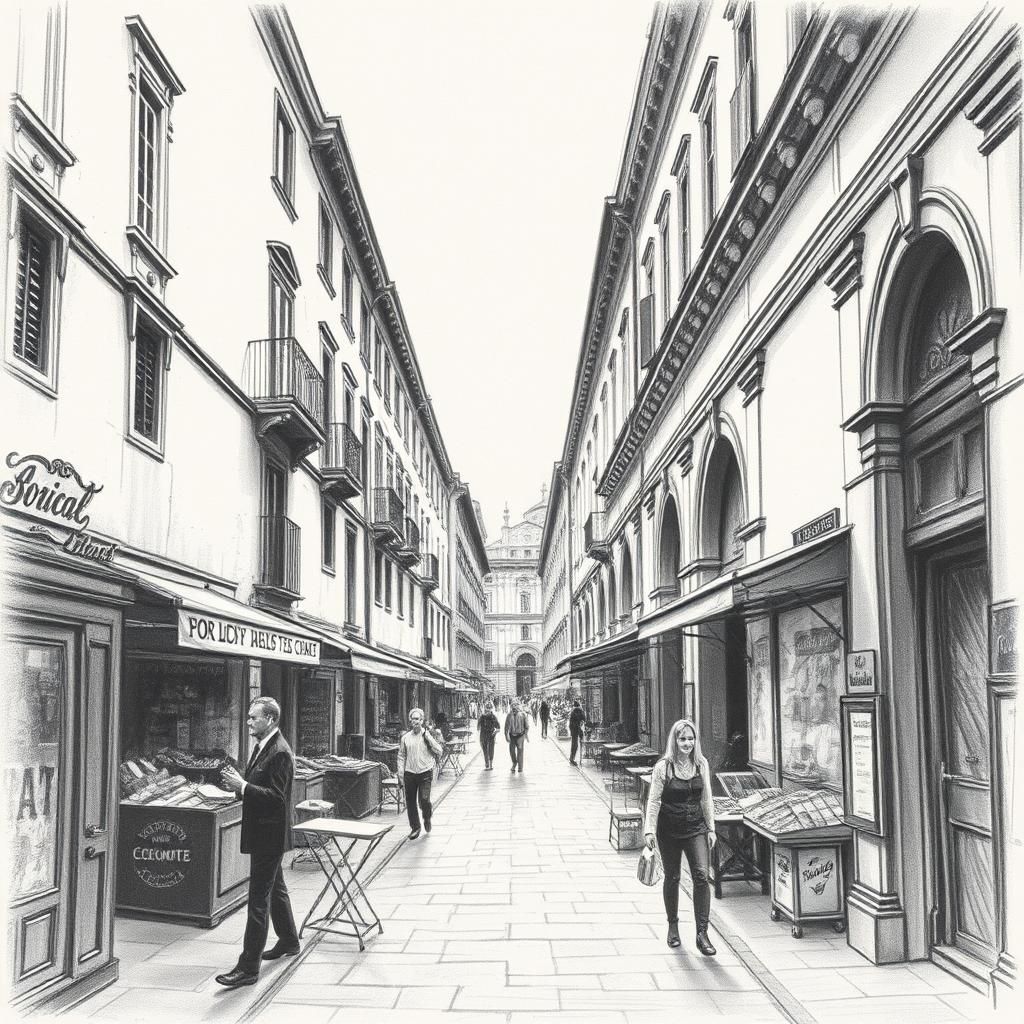
Bologna: Culinary and Architectural Charm
Step into Bologna, and you’re greeted by a city that wears its history like a comfortable old coat—worn but full of life. The first thing you’ll notice are the endless porticos stretching along the streets, creating covered walkways that have sheltered locals and visitors alike for centuries. These arches don’t just protect you from sun and rain; they invite you to slow down, wander, and soak in the rhythm of daily life beneath them.
Bologna is also the proud birthplace of tortellini, those little pasta jewels filled with meat or cheese that seem simple but deliver comfort in every bite. Imagine biting into a morsel crafted with care, each one a tiny celebration of centuries-old culinary traditions. Make your way to a bustling food market, and you’ll find everything from fresh cured meats to fragrant spices, the smells weaving together like a warm embrace.
Beyond the food and architecture, Bologna is home to one of Europe’s oldest universities, where ideas and debates have flowed as freely as the wine for over 900 years. This blend of scholastic energy and rich tradition shapes a city that’s as intellectually vibrant as it is deliciously inviting.
Walking through Bologna means feeling connected—to the layers of history underfoot, to the stories simmering in kitchen pots, and to the simple joy of sharing a meal amid the hum of porticoed streets. It’s a place where culture isn’t just preserved; it’s lived.
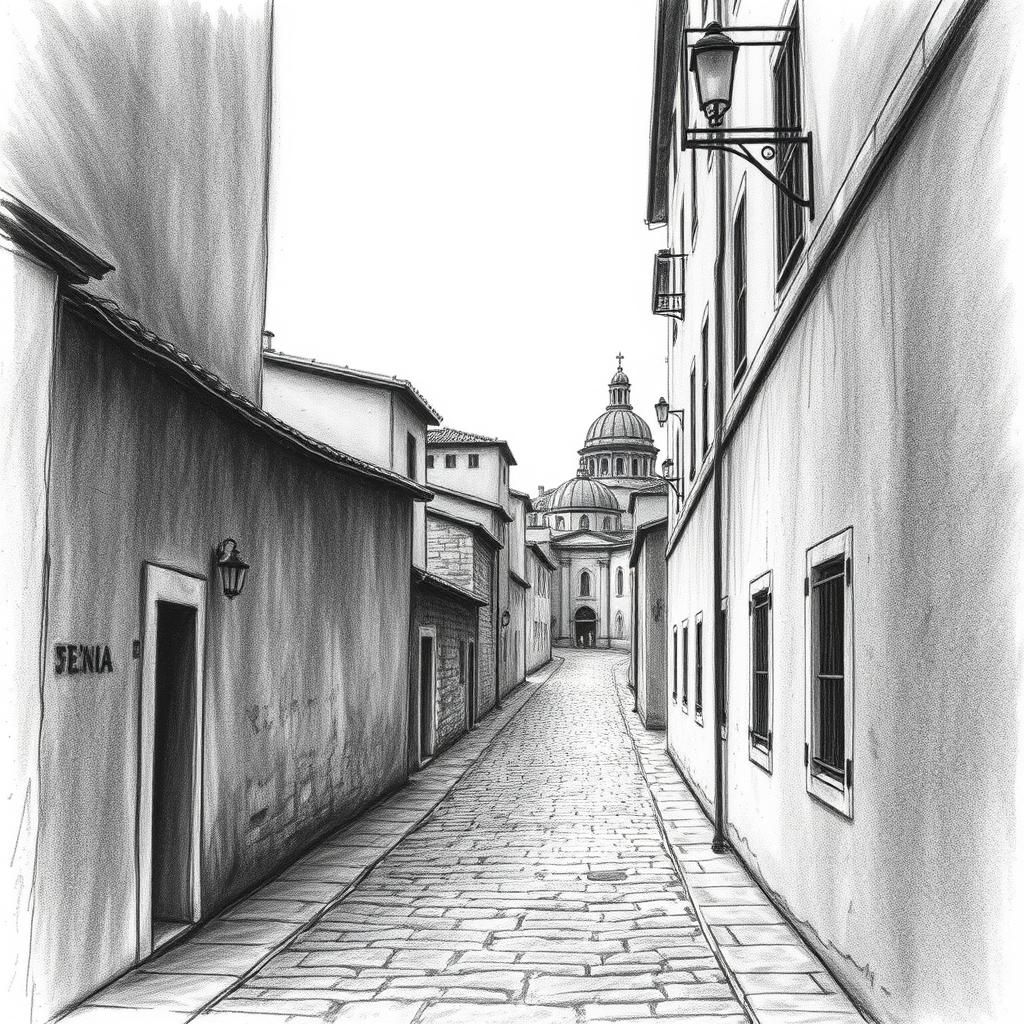
Genoa: Europe’s Largest Medieval Town
Step into Genoa, and you’re stepping through a living mosaic of history, art, and bustling seaport life. It’s Europe’s largest medieval town, where narrow alleyways twist like veins through a city that has thrived on the sea for centuries. Imagine the salty breeze weaving between ancient stone buildings, the distant calls of fishermen, and the hum of a city that never quite leaves its past behind.
Genoa’s medieval heart beats in its architecture—fortified palaces and churches standing tall, each with stories layered in their walls. In 2004, the city was crowned European Capital of Culture, a nod to its vibrant art and music scenes. Here, the sound of classical concerts might mingle with the lively chatter from a café terrace, creating a soundtrack that’s unmistakably Genoese.
And then there’s the food. The aroma of fresh basil, garlic, and pine nuts fills the air, inviting you to try the city’s pride—pesto alla Genovese. This bright green sauce, a culinary gem, carries the flavors of Liguria, served over trofie pasta or spread on warm focaccia from Genoa’s bustling markets. It’s a simple taste that tells a story of land and sea, of generations who have called this place home.
As a seaport, Genoa has long been a gateway between Italy and the wider world, its harbor dotted with ships old and new. Walking along the waterfront, you can almost hear echoes of explorers and merchants who once set sail from here, carrying with them the ambitions and dreams of an age gone by.
Genoa is not just a city frozen in time—it’s a living embrace of culture, history, and flavor. To wander through its medieval streets is to taste Italy’s rich, layered soul.
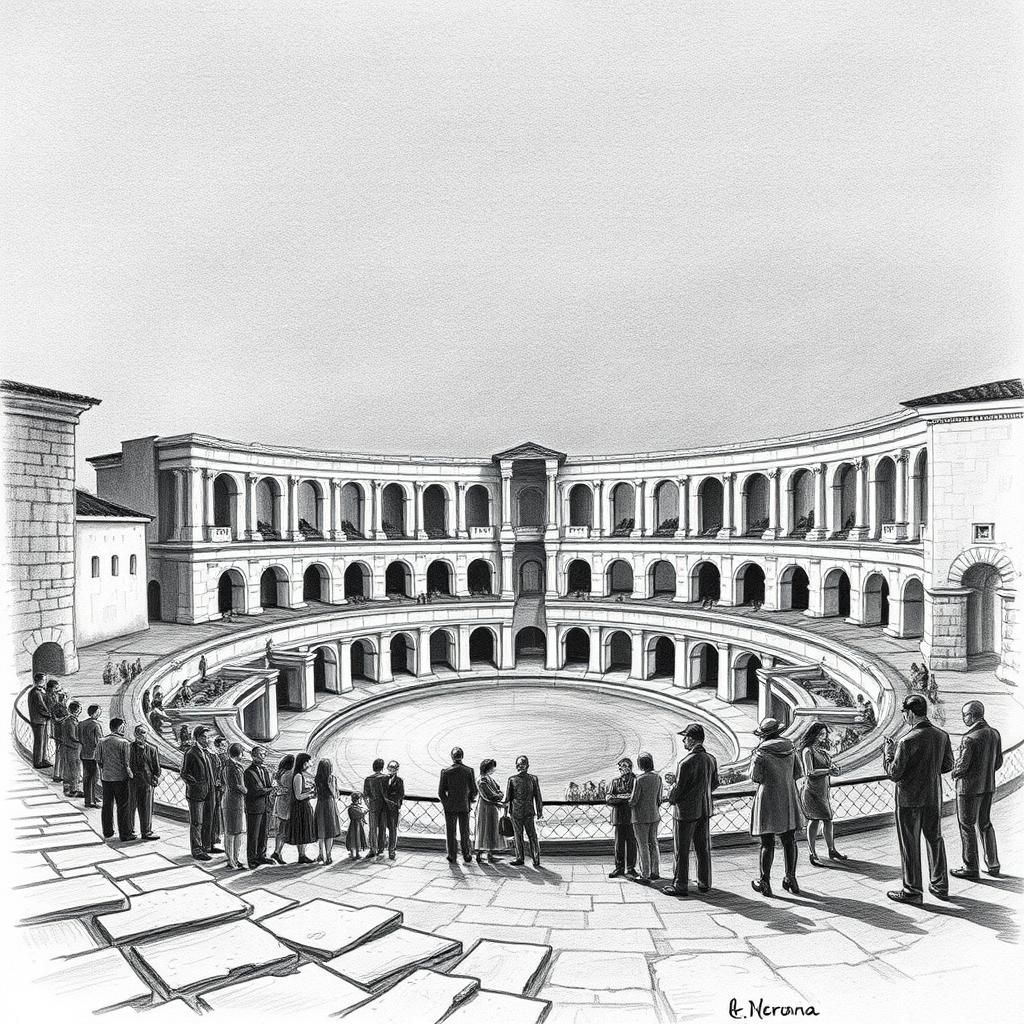
Verona: Ancient Arena and Romantic Heritage
Step inside Verona’s Arena, and you’re stepping into a world where history hums beneath your feet. This ancient amphitheater isn’t just a leftover from Roman times—it’s the second largest of its kind after the Colosseum in Rome, still standing proud and alive. Imagine 30,000 spectators gathered centuries ago, the air thick with excitement as gladiators battled or performances dazzled the crowd. Today, that same stone stage hosts grand opera nights and cultural events, bringing the past and present together in a show that’s as much about community as it is about art.
But Verona isn’t just about this architectural marvel. Wander its cobbled streets, and you’ll feel the pulse of romance that inspired Shakespeare’s timeless tragedy, Romeo and Juliet. The famously tragic balcony might be a draw for lovers and dreamers, yet the city offers so much more—a rich blend of history, art, and everyday life that gives Verona a quietly enchanting charm. Here, the whispers of ancient stones and the stories of star-crossed lovers invite you to pause, look closer, and experience a city where every corner holds a secret waiting to be told.
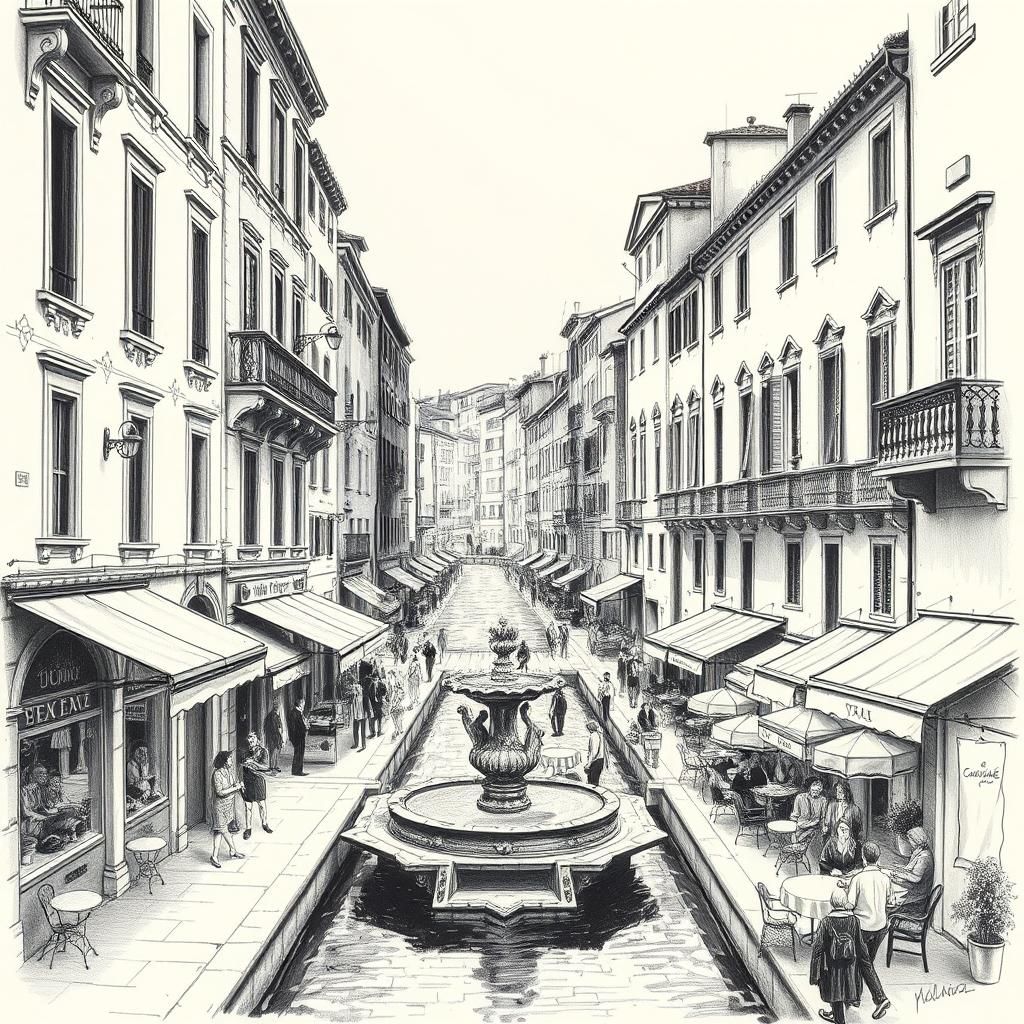
Conclusion
Italy’s cities are like chapters in a captivating story—each one distinct, alive with its own history, culture, and flavor. From Rome’s endless fountains whispering tales of ancient emperors, to Venice’s labyrinth of shimmering canals that seem to float through time; from Milan’s cutting-edge style clashing beautifully with Florence’s Renaissance masterpieces, to Naples’ raw, vibrant streets pulsing with life. Then there’s Turin’s mysterious allure, Bologna’s endless porticos and mouthwatering pasta, Genoa’s medieval heartbeat by the sea, and Verona’s grand amphitheater echoing with romance and opera.
Exploring just one city is never enough because Italy unfolds in layers—inviting you to linger, listen, and absorb its many moods. So pack your curiosity along with your suitcase. Walk through the piazzas, taste the local flavors, feel the stones beneath your fingers, and let the stories of these cities settle in your soul. Each city in Italy offers a doorway into a living museum that connects past and present, reminding us why this country holds such a timeless place in our hearts.
When planning your journey, think beyond the guidebook landmarks. Give yourself permission to stray down side streets, sit at bustling cafes, and discover that Italy’s magic grows richest in these personal moments. This isn’t just travel—it’s an invitation to step inside history’s warm embrace, where every corner has a story waiting to be told.
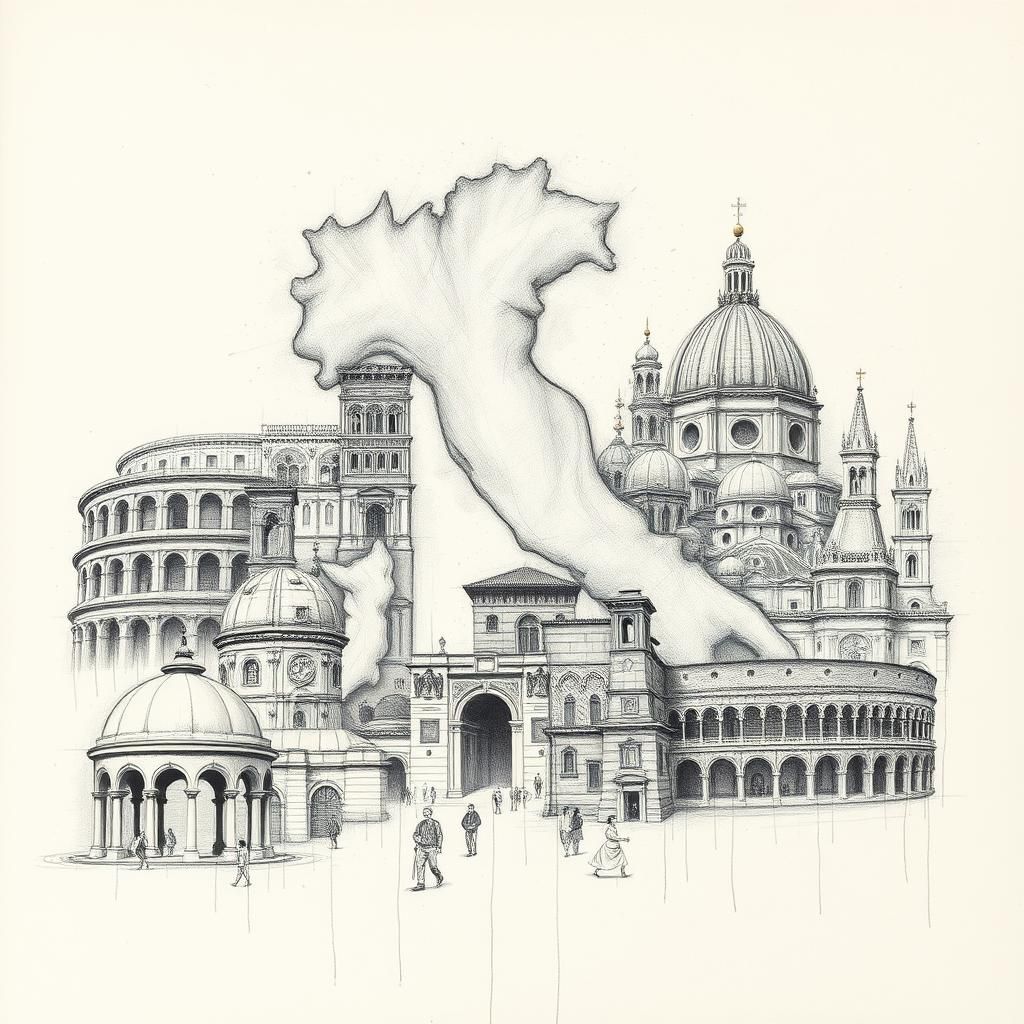
If you’re eager to dive deeper into Italy’s vibrant cities, here are some carefully curated resources to enrich your journey. Whether you’re drawn to Rome’s ancient streets, Venice’s watery maze, or Florence’s Renaissance treasures, these guides offer insider tips and cultural insights to make your trip unforgettable.
- Rome Travel Guide by National Geographic: Explore detailed itineraries, hidden fountains, and local customs that bring the Eternal City vividly to life.
- Venice’s Fragile Beauty – A Conservation Report: Understand the delicate balance between tourism and preservation in the city shaped like a fish.
- Fashion & Art in Milan and Florence – A Dual Perspective by Vogue Italy: A stylish blend of Italy’s fashion capital and birthplace of Renaissance art, perfect for planning your cultural days.
- Naples Beyond Pizza – A Local’s Guide: Get an honest look at the city’s vibrant street life, historic treasures, and tips to navigate its contrasts safely.
- Mysteries of Turin – Exploring Legends and Lore: Dive into the city’s esoteric past and hear stories of underground tunnels and magical folklore.
- Bologna’s Food and Porticos Walking Tour: Discover the best spots to taste authentic tortellini and stroll beneath the city’s iconic, endless porticos.
- Genoa’s Medieval Marvels Visitors’ Handbook: Trace the footsteps of ancient mariners, explore art scenes, and savor the birthplace of pesto.
- Verona Opera and Shakespearean Sites Guide: Plan your visit to the ancient Arena and walk the romantic streets connected to Romeo and Juliet.
Each guide invites you to move beyond postcards and step into living stories—because Italy isn’t just a place on the map; it’s a tapestry of human experience waiting to be felt, tasted, and remembered. Happy travels!
Share to...
I hope you enjoy the content.
Want to receive our daily crossword puzzle or article? Subscribe!
You may also be interested in
Share to…
Want to receive our daily crossword puzzle?
-
Jigsaw Puzzles
Twelve Zodiac Mice Ink Wash Jigsaw Puzzle 250 | 300 | 500 Pieces
kr 348,00 – kr 439,00Price range: kr 348,00 through kr 439,00 Select options This product has multiple variants. The options may be chosen on the product page -
Jigsaw Puzzles
Majestic Stag Watercolor Jigsaw Puzzle 250 | 300 | 500 Pieces
kr 348,00 – kr 439,00Price range: kr 348,00 through kr 439,00 Select options This product has multiple variants. The options may be chosen on the product page -
Jigsaw Puzzles
Chinese Zodiac Serpent Watercolor Jigsaw Puzzle 250 | 300 | 500 Pieces
kr 348,00 – kr 439,00Price range: kr 348,00 through kr 439,00 Select options This product has multiple variants. The options may be chosen on the product page
